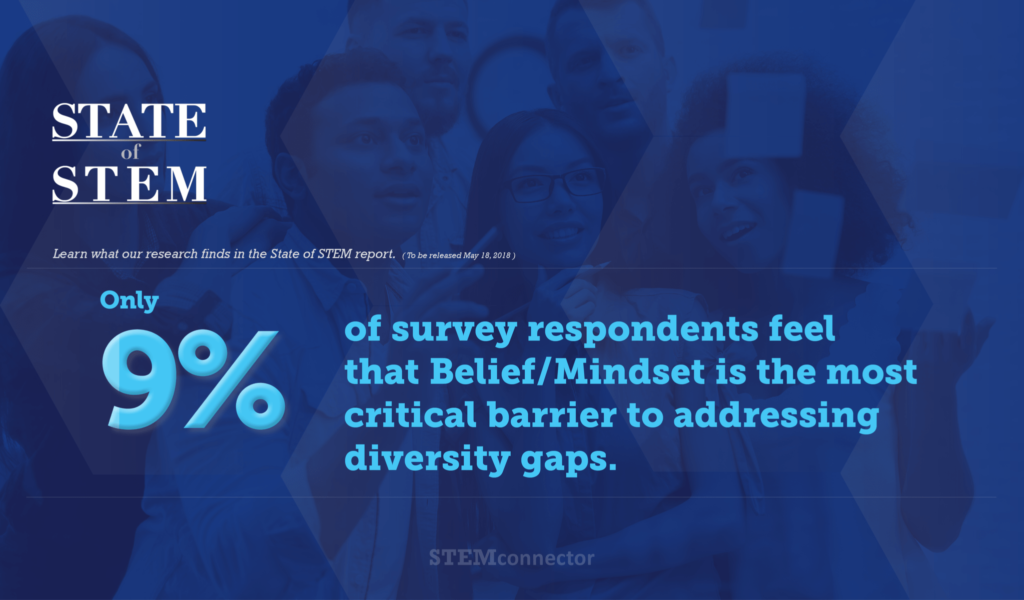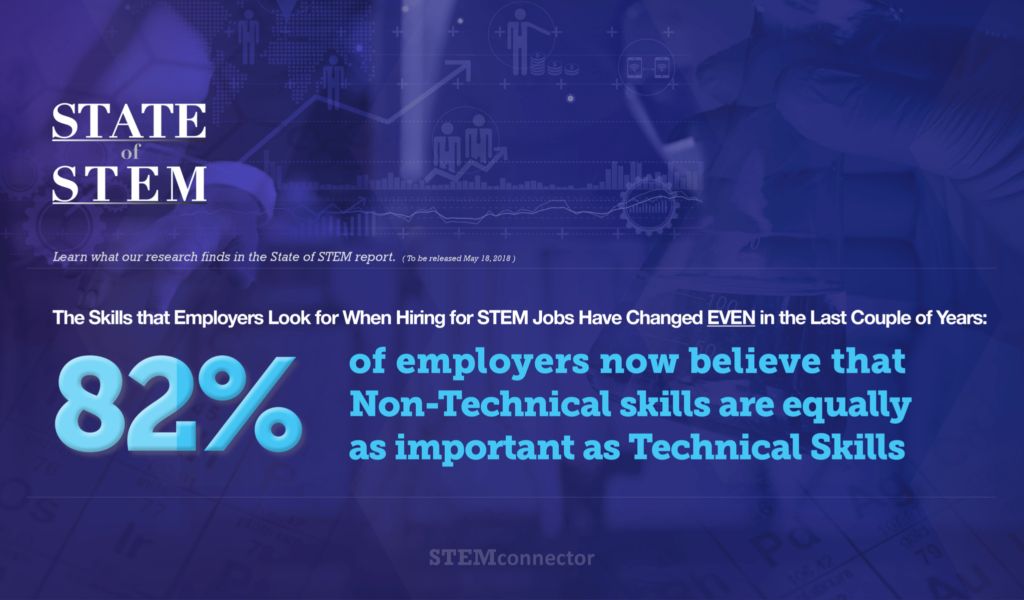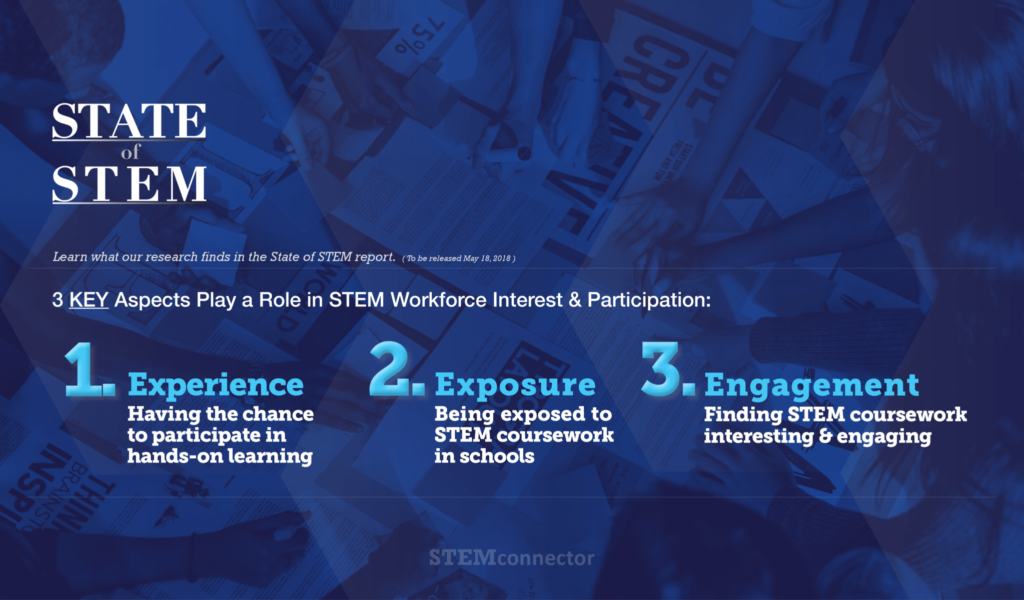Over the last 20 years, the perceived ‘gap in STEM-ready workers’ has been a focus area for employers, educators, job-seekers, students, and more. Despite this, there is still dissonance about the nature and scope of the STEM talent gap.
STEMconnector has set out to understand this lack of consensus, building on other foundational research, while laying out a new, comprehensive framework in The State of STEM report, released at the 2018 STEMconnector Summit on May 18th. In the report, we interviewed over 100 subject matter experts and practitioners from employers, research institutions, government, K-12 education, postsecondary education, and other sectors to capture the varying perspectives of these stakeholders across the STEM ecosystem. State of STEM illustrates the current STEM landscape including the organizations, systems, and influences that comprise and shape it. This report establishes a common language for those working in any sector that touches STEM and supports those seeking to build connections across this complex system.
While mapping the STEM ecosystem, we realized that there is no single STEM talent gap, but rather several layers of underlying challenges that produce what is usually perceived as a single gap. Specifically, we have uncovered five critical gaps in the STEM workforce and the overall workforce of the future.
- Fundamental Skills Gap: industry and education have identified skills that young people need to succeed as lifelong workers and active citizens, but not enough young people are developing that foundation.
- Belief Gap: young people, and adults around them, hold incorrect beliefs about the aptitude or traits young people must have to belong and thrive in STEM fields.

- Postsecondary Education Gap: the new knowledge economy requires credentials beyond a high school diploma, but not enough young people are earning those credentials.

- Geographic Gap: hubs of economic growth, particularly for businesses requiring STEM skills, are often far from large concentrations of qualified job seekers or far from population centers.
- Demographic Gap: there is disproportionate participation in STEM jobs based on race, gender, and income, despite decades of focus on diversity and inclusion.
The five STEM talent gaps we have identified interact with each other across the STEM ecosystem—K-12, postsecondary education, and employer—and are pressured by influences that sit outside the systems—technology, macroeconomy, policy, and media. This interaction creates an overall opportunity gap for individual students and job seekers, a workforce development challenge for educators, and a business imperative for employers. Closing these gaps will require more than simply creating or investing in a new program. It will require cross-sector coordination of practice, funding, and policymaking.
